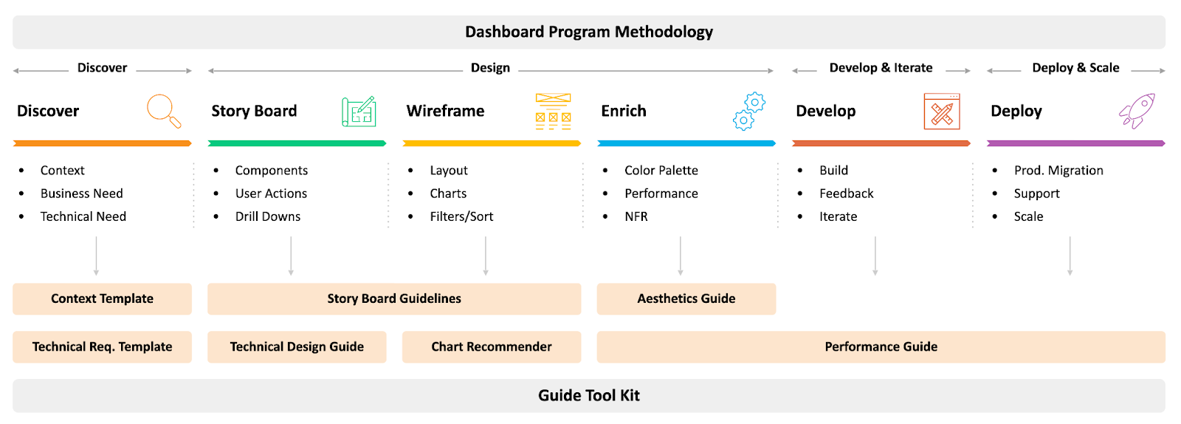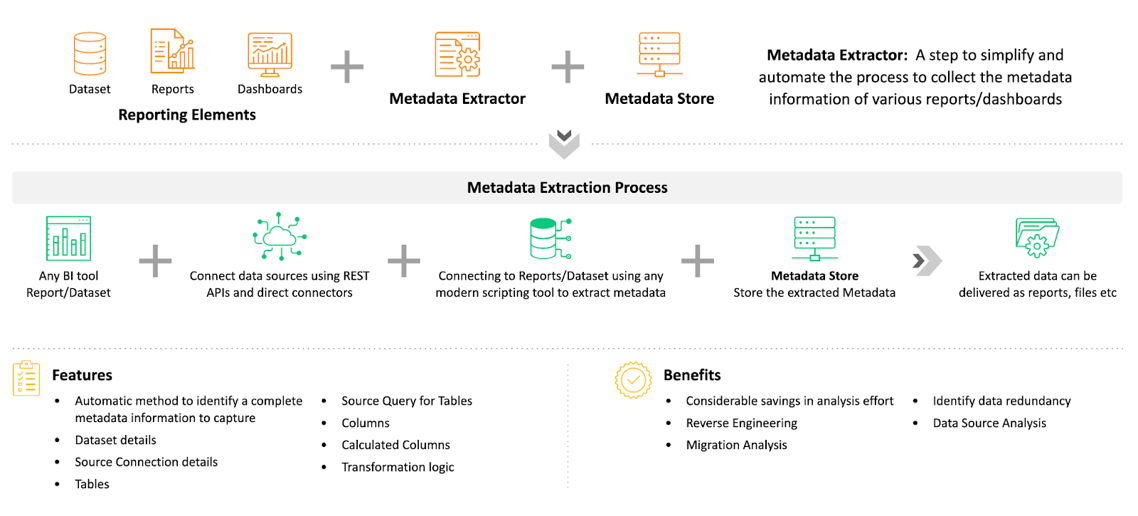Recently, at the DES22 Summit held virtually on the 30th of April 2022, we spoke in-depth about modern BI, its trends, and its applications across various sectors. We characterized modern BI according to the need for obtaining insights in the shortest possible period of time. The multiple streams of data in the current atmosphere and the sheer speed at which this large volume of data has to be obtained and processed demand cutting-edge solutions. These solutions ideally serve the consumers by providing them with the competitive edge required to adapt to the ever-changing conditions of the market.
More businesses are expected to lean into modern BI solutions to revolutionize their analytics strategy, making it easier for the business and the stakeholders to act in real-time.
In this article, we shall look at the trends, tools, and drivers of Modern BI through the lens of two Industry Use Cases.
A Single Source of Truth From a Scattered BI Stack
One of the most notable partners of Tiger’s is a large logistics company based out of the US. Geospatial information is a large part of their operations. However, their biggest issue was the fact that their BI stack was scattered across a multitude of applications.
Geospatial Analytics’ market share is expected to reach $209.47 billion 2030.
It is used in a variety of sectors like agriculture, utilities, healthcare, insurance, real estate, supply chain optimization etc.
Deployment of 5G network services is expected to create new opportunities for geospatial analytics vendors.
This situation comes with a number of drawbacks. A scattered BI stack means that data needs to be compiled for presentation and insight gathering, which requires a technically proficient team working on it. That is not an ideal state of any company’s data infrastructure, given the speed at which businesses need to operate with their data to make decisions. Easy adaptation by non-technical users is a key marker for a democratized and efficient BI environment. Therefore, a unified user-facing application was the appropriate solution for this project.
Embedded BI’s goal is to integrate data analytics, insights, and visualization within an application with clarity and ease of access. It was the key to integrating the client’s multi-BI environment into a single platform.
Tiger needed to build an integrated BI stack for a unified customer experience and eliminate data redundancies with a single source of truth. There were many sources of data within the organization since they had multiple departments. Using Tiger’s solution, all of their data were presented in a single, centralized application called the ‘Digital Dashboard.’ BI reports were embedded in the application with the use of an API interface.
All departments of the company had access to the application to obtain insights from a single source of truth, which enabled better network coverage and agile performance.
Big Data, Precise Action
Big Data has been a huge talking point in the last decade, but there has been very little conversation on modern BI handling Big Data. The last few years have seen a massive increase in the production of data. Legacy BI tools have very limited capability to handle this huge volume of data, and it impacts the user’s ability to derive actionable insights. However, modern BI tools have evolved to handle petabytes of data and provide data insights with ease.
One of the other esteemed partners of Tiger is a huge media house in India. They wanted to place precisely targeted ads in order to increase their ad revenue. They also wanted insights into viewership behavior for smarter programming. The data input they had at their disposal were user data, demographic data, and data from social media.
Considering the variety of data and data sources, we needed a BI tool that can handle the large volume of data and prepare reports. The solution was to integrate TBs of heterogeneous sources onto Data Lake and consume reports in live/direct quest mode through native Spark-based BI connectors to get close to real-time insights. This achieved personalized recommendations for ad placements and programming based on user activity and demographic inputs, and in the procurement of a great share of $5 billion in brand advertising dollars.
Tiger’s BI Framework
Tiger has a prebuilt framework to keep pace with the evolution of BI. It consists of code repositories, context templates, tech requirement templates, chart accommodations, and visuals that meet the requirement of any modern BI need. It also consists of a number of templates for embedded BI, Big Data, and geospatial BI.
The Dashboarding Program Guide helps in a comprehensive discovery of business requirements, and the development and deployment of impactful dashboards that can steer the users to success.

Metadata Extractor
The Metadata Extractor has been a part of traditional BI tools, where they had their own external metadata store, mostly in an XML format. However, it is not efficient for engineers and architects to go deep into metadata and get information. Tiger has gone a step ahead and built a Metadata Extractor tool to simplify and automate the process to collect metadata information of various reports and dashboards. The necessity of this tool is dictated by the prevalence of data redundancy in modern BI systems, which is quite common given that the abundance of data is only increasing by the day.

Conclusion
Data democratization is key to reaping the benefits of technological evolution, which is constantly putting technologies that are capable of gathering petabytes of data in the hands of users across the world. Modern BI tools need to be time and cost-efficient, extensive in terms of data processing yet precise in their synthesis, and most importantly, accessible to the non-technical user. Tiger is at the forefront of crafting such tools that gives its partners the ability to arrive at prompt, actionable insights with its extensive modern BI frameworks and an enriched, secure data culture in place.





